Watering house plants is something that house plant owners worry about a lot – and often get wrong.
It’s often said that overwatering is the number one cause of house plant death, as many of us water house plants too much as opposed to not enough.
It’s definitely better to underwater a plant than overwater – a plant can recover from being under watered, but not from being overwatered, as its roots can suffocate. Soggy compost can also encourage fungal diseases.
Jump to
How often should I water my house plants?
How often to water indoor plants is a difficult question to answer as it depends on many factors – the type of plant, how much light it gets, the time of year, the size and type of plant pot and so on. Instead, it is better to get to know your plant, researching where it comes from, observing it closely, and checking the compost and plant regularly.
How to water house plants?

Water thoroughly from above is fine for most plants.
Use a watering can, standing the plant on a draining board or in a sink or bath, and water the compost until water comes out of the drainage hole – this means you will have managed to soak all of the compost.
If a plant is very thirsty and the compost is completely dry, soak it in a bowl of water.
Submerge the rootball until you see bubbles appear, or let it sit in a bowl of water, bucket or bath for half an hour or so.
Plants that form rosettes or have hairy leaves: If the plant’s leaves cover the top of the compost, it’s hard to water it with a watering can. It’s better to sit it in a dish of water and let it soak it up from below. This applies to some succulents, African violets, begonias, cyclamen and streptocarpus.
Orchids: The ‘dip and drain’ method works well for orchids. Simply dip the pot in a bucket of water, and immediately remove and drain. Do not use ice cubes to water orchids, as is often suggested online. This is not a good way of ensuring that water gets to the roots.
Bromeliads: water via their central 'tank', ideally with rainwater.
Air plants: soak in a dish of water for half an hour, or mist them regularly.
Carnivorous plants: Carnivorous plants are the ideal plants for overwaterers – they will quite happily sit in a dish of water. Ideally, use rainwater.
More on growing house plants:
Can house plants really beat mould?
Do you really need to mist your house plants?
The tools you need to look after your house plants
Large indoor plants: 15 of the best
Golden rules for watering house plants
Don’t water to a timetable.
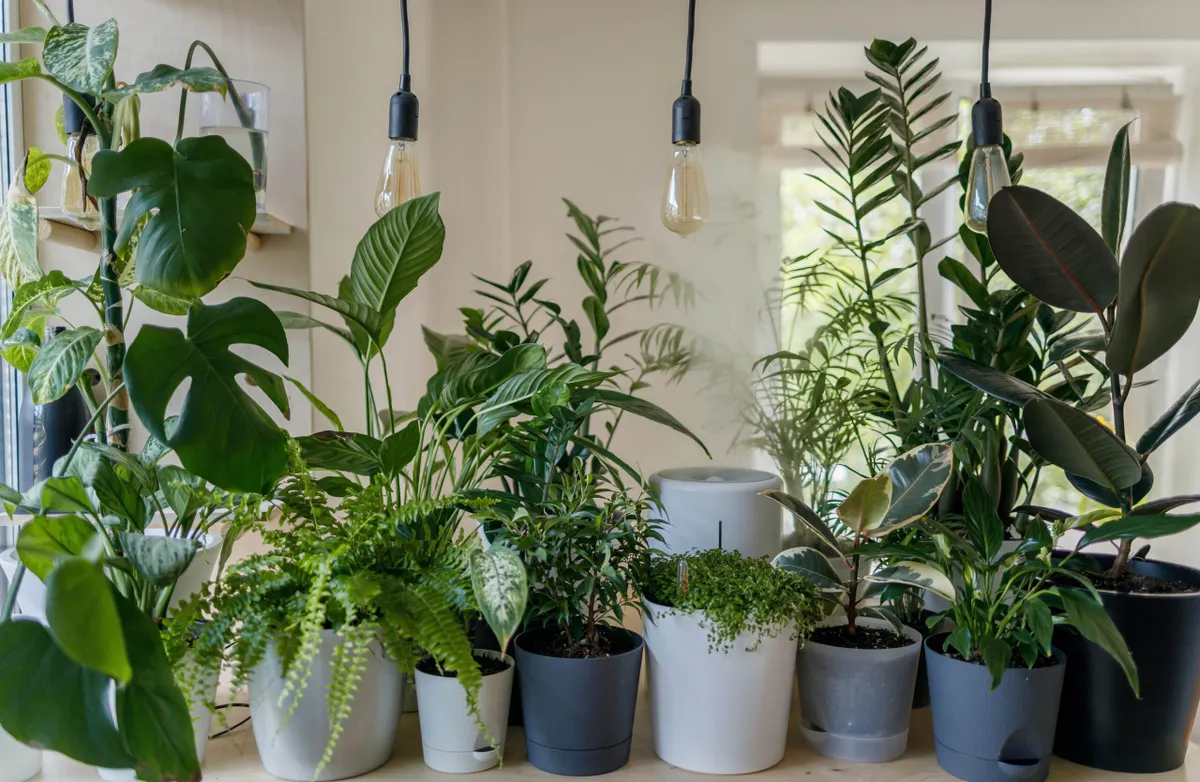
How often to water house plants? It’s tempting to water your plants, say, on the same day every week, but every house plant has different requirements – some can cope with a lot less water than others. The amount of light a plant gets can have an effect – the brighter the spot, the more water it will need. How much water a plant needs also depends on the time of year. A plant in a cool room in winter will need a lot less than a plant near a south facing windowsill in summer. Most plants need a lot less water in winter, unless they are in a centrally heated room, or flower in winter.
Make one person in charge of watering.
Partners and roomates have a habit of chucking a leftover glass of water into a plant that has just been watered, or taking it upon themselves to water a plant that has already had plenty. It’s far better to make one person in charge of the watering regime in your household.
Research your plant and its water needs.
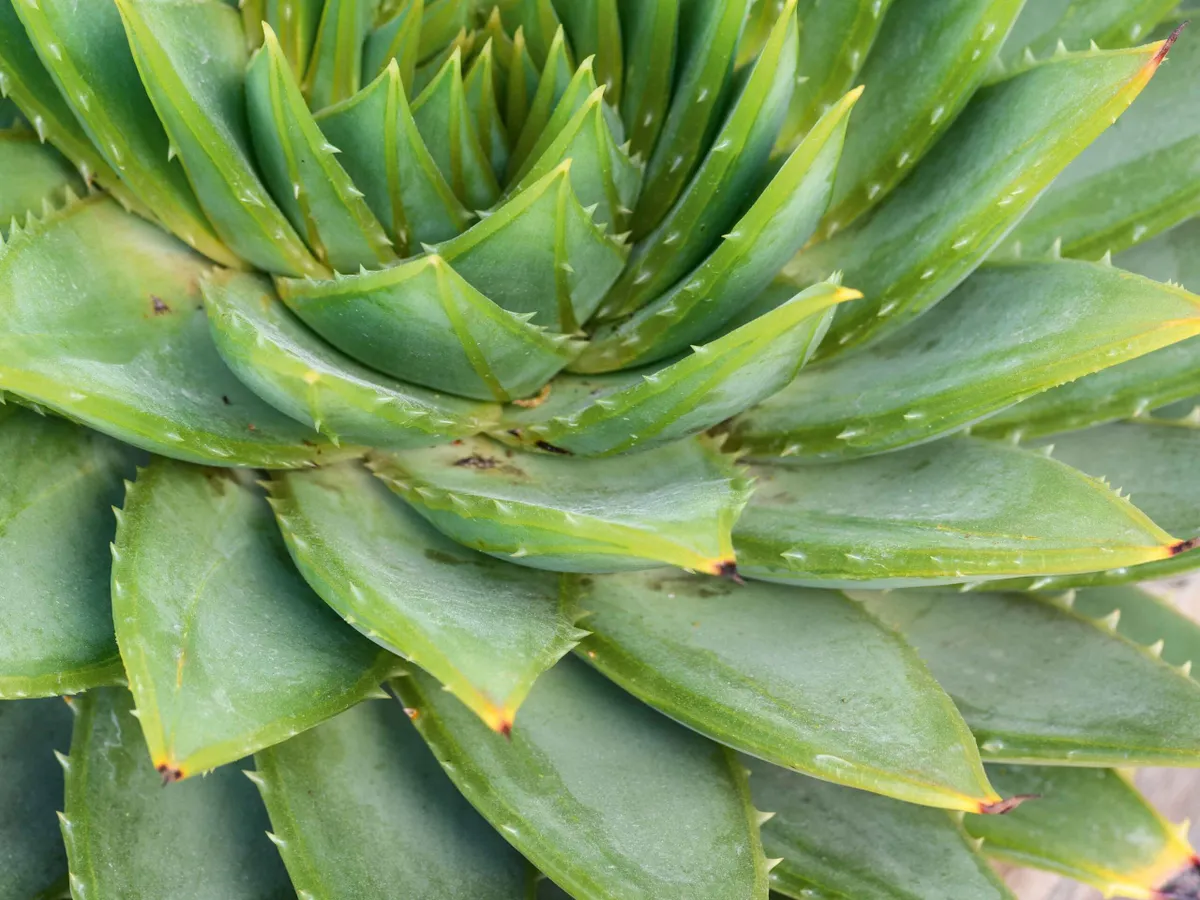
Find out where your house plant comes from in the wild – does it come from a hot, dry, arid area with infrequent but heavy downpours, or does it come from the (moist but not sopping wet) floor of a tropical rainforest? If your plant has fleshy leaves, or spines, that means it is well adapted to periods of drought and does not need too much watering. Get to know each individual plant – you’ll soon be able to tell how much water it needs. As Sarah Gerrard-Jones says in her excellent book, The Plant Rescuer, “Using my eyes and hands is the only schedule I stick to when it comes to watering.”
Get to know the signs that a plant needs watering.
These include wilting, wrinkled or puckered leaves, or leaves that are dull, pale and not shiny, perky or vibrant. If the top few centimetres of compost are very dry, your plant probably needs watering. Stick your finger in, or if you don’t fancy doing that, a cocktail stick or chopstick. If it comes out clean, the compost is dry and needs watering. Or simply lift the plant pot up. If the pot is very light, the plant needs watering.
Wilting does not always mean that a plant needs watering
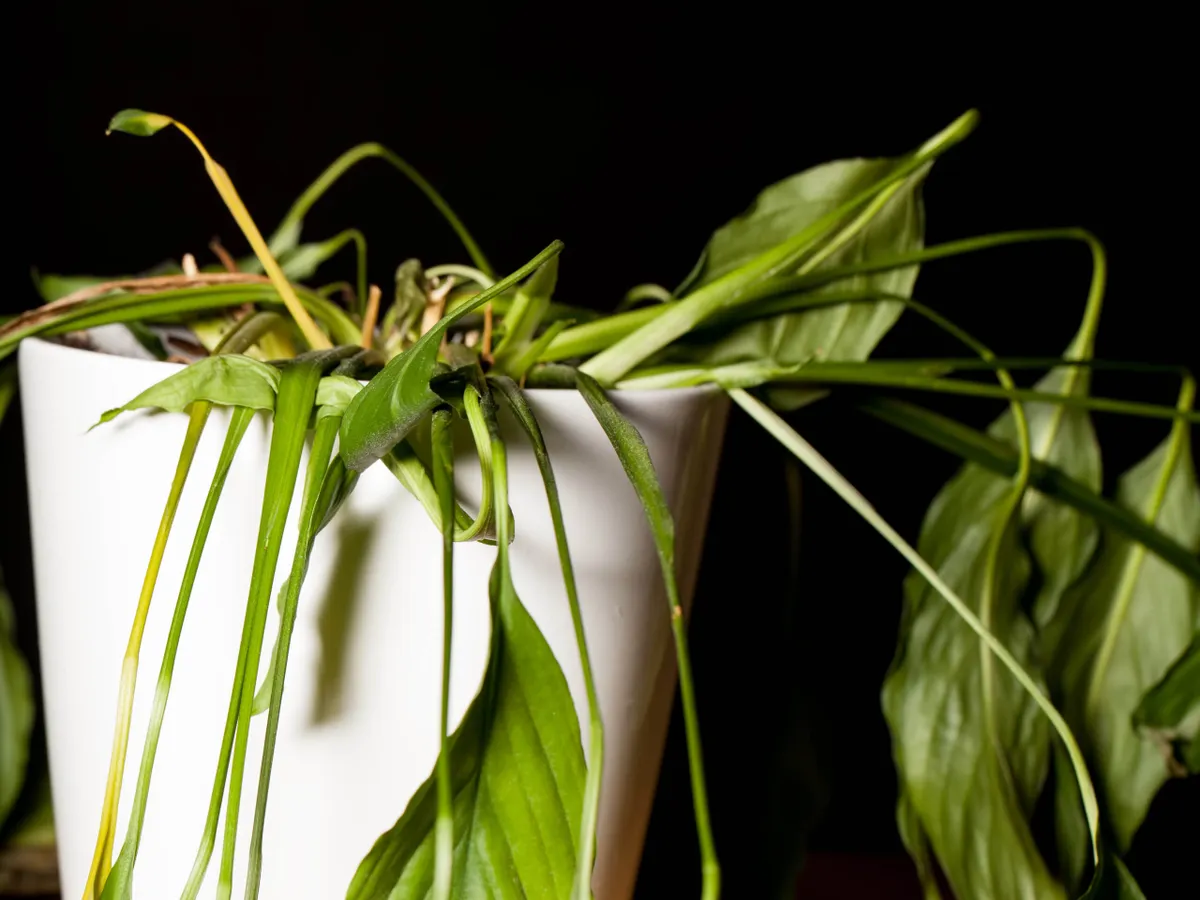
Confusingly, wilting can be a sign of underwatering and overwatering, and people often water a wilted plant as that has already had too much water. A plant such as the peace lily can helpfully wilt when it needs watering (known as incipient wilt) and will perk up an hour or so after a drink. But wilting can also mean that a plant has been overwatered, and is suffocating at the roots. Think back to what you have done recently – have you watered generously, or have you ignored it? Check the compost – if the pot feels light and dry, you need to water, but if the compost is wet and soggy, you have overwatered.
Do not water a plant inside its pot cover or saucer.
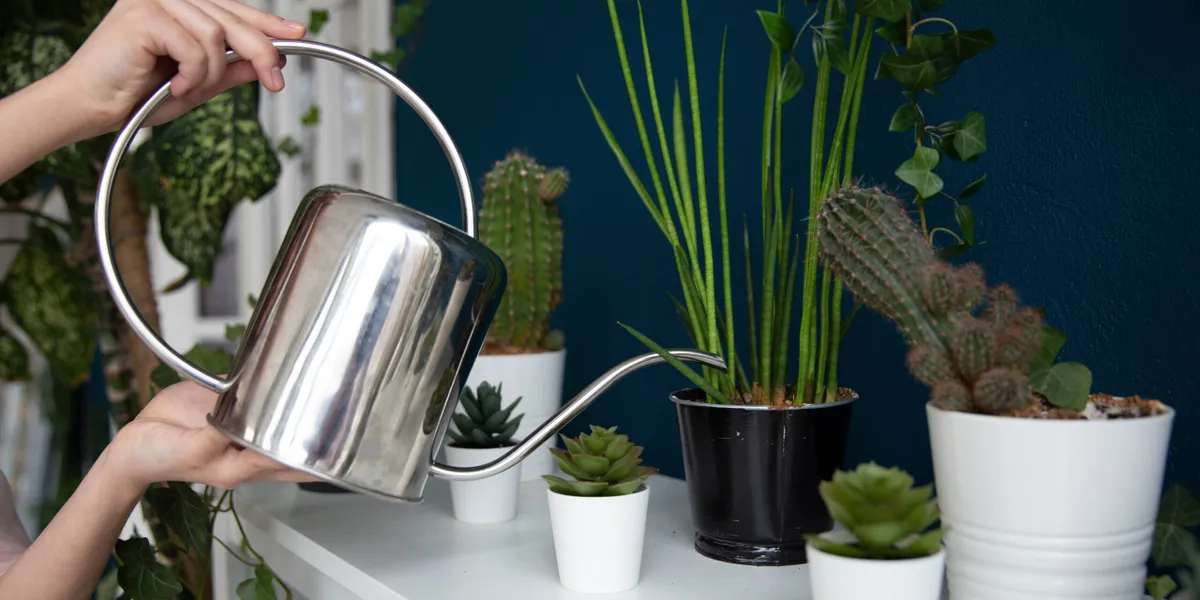
Watering a plant in its pot cover or on a saucer almost never works, especially if the compost is dry. The water spills over the edge of the pot saucer, all over your furniture, or collects at the bottom of the pot cover, which means the plant will in soggy compost, which can kill it. Always take your plant out of its pot cover or away from the saucer to water it over a sink, bath or draining board.
Let excess water drain away.
Never, ever, let your plant sit in a pot or saucer of water once you’ve watered it as a way of watering less. Plants hate sitting in soggy, wet compost and this can kill them. Always make sure that your plant’s pot has a hole at the base, and water until you see water coming out of the bottom of it. Then stand it on a draining board (or on the patio outside) to let any excess drain away. Only then put it back in its pot cover or on its saucer.
In his excellent book, House Plants, published in 1982, Alan Titchmarsh says that after watering, the compost should be as damp as a wrung flannel. It does not need to be completely saturated, glistening and soggy.
Tap water is fine for most plants – but rainwater is better.
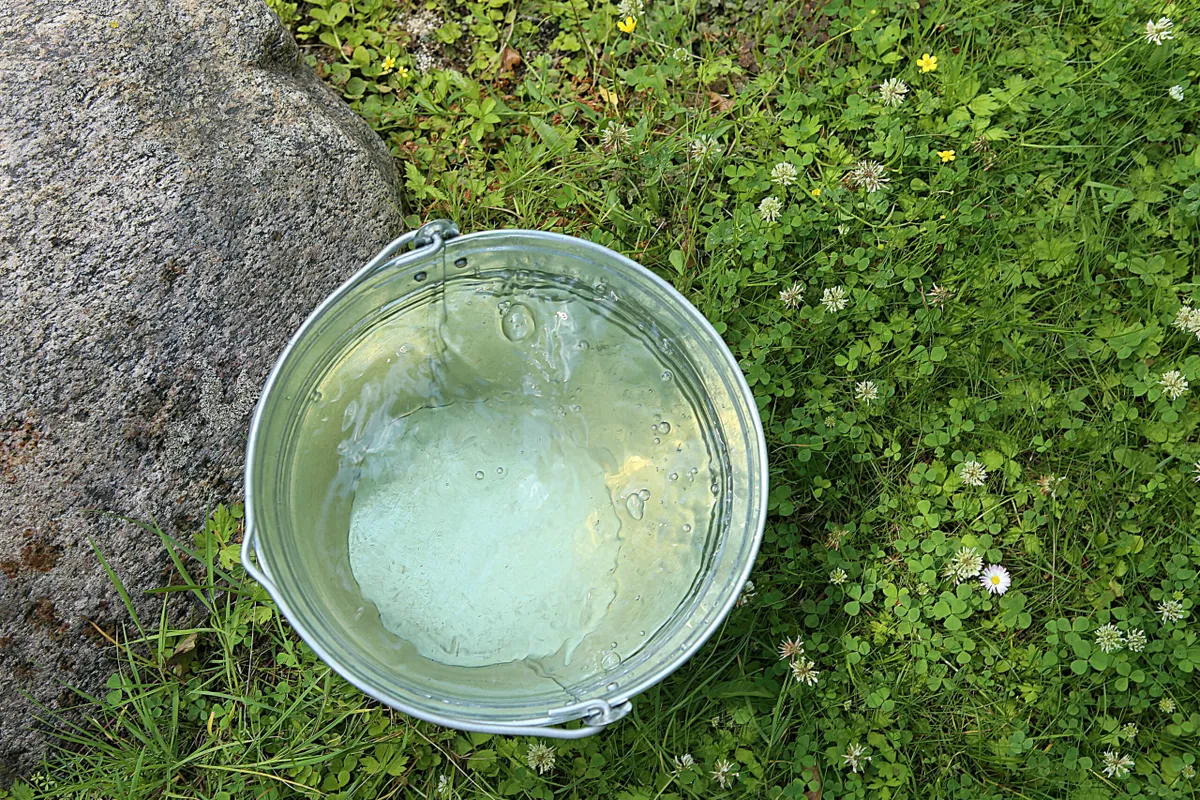
Some plants, such as calatheas, spider plants and carnivorous plants are sensitive to the chemicals in tap water. All houseplants love rainwater – it’s what they would be used to in the wild. You could put a bucket or bowl outside to catch rainwater.
Water the compost - not the leaves.
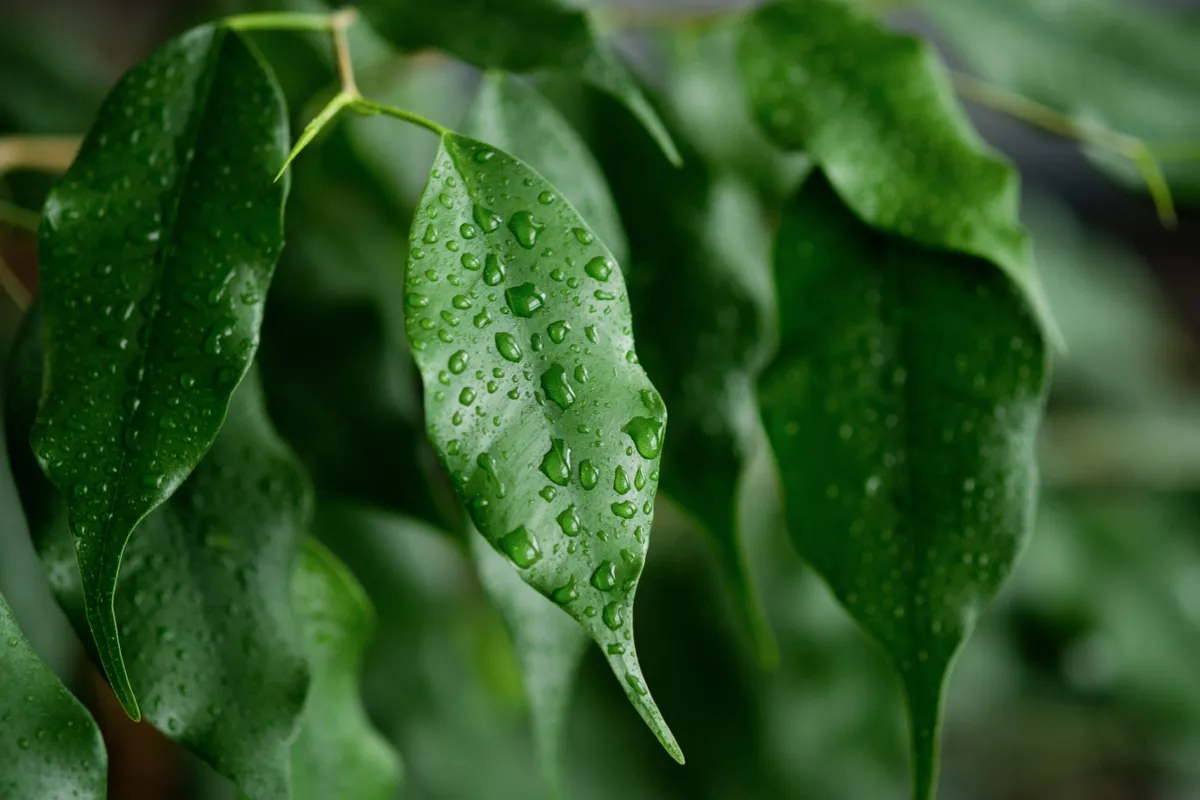
Always aim to water your house plant's compost, not its leaves. This is especially important if you have very hard water, as it can leave white marks on the leaves. It’s also key with plants with furry leaves, such as African violets – it can lead to fungal diseases.
Cacti and succulents do need watering.
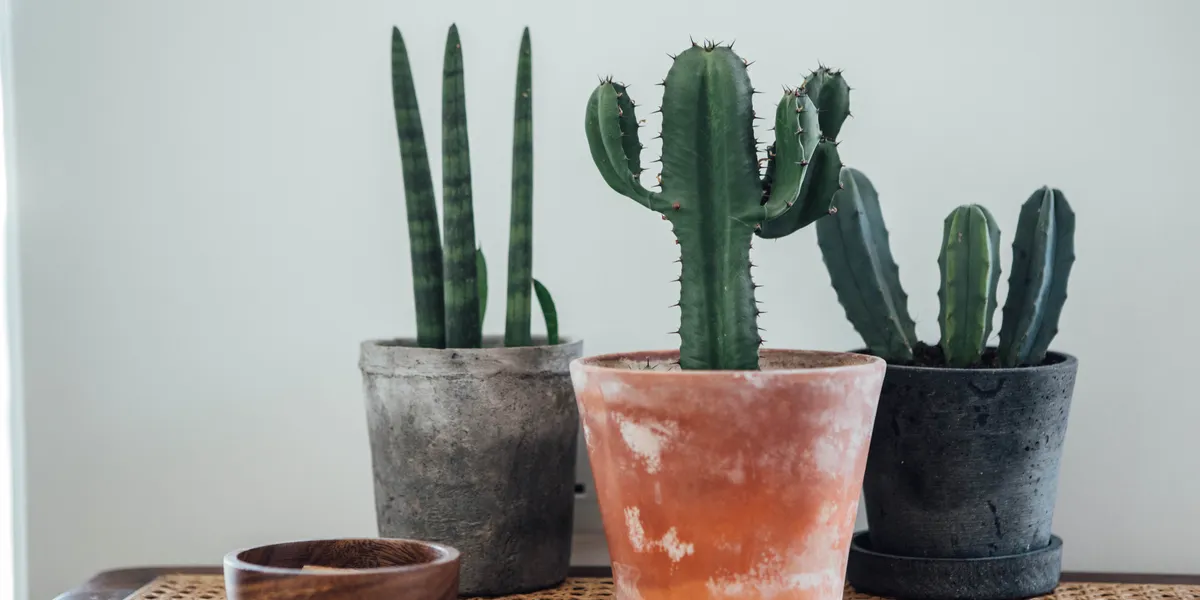
Contrary to popular opinion, cacti and succulents do need watering. They just don’t need watering that frequently. Aeoniums go dormant in summer, so only need watering in spring and autumn.